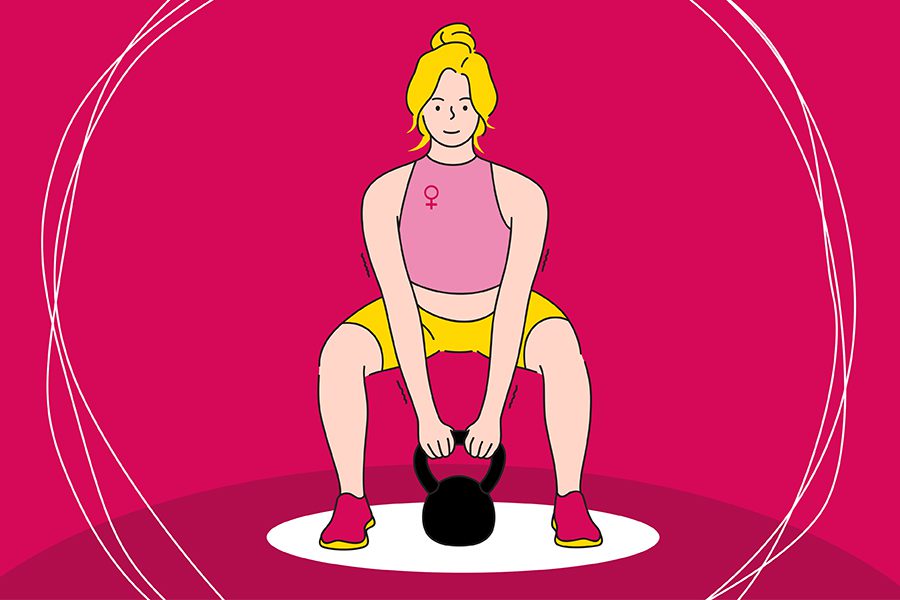
This month we talk to Pause & Unite, the menopause experts bringing you the information and tools to help guide you through every stage of your pausal journey.
As we enter peri-menopause our oestrogen, progesterone and other hormone levels begin to drop and fluctuate which can cause symptoms ranging from tiredness, heavier periods, hot flushes through to brain fog and intense emotions. Physically our body shape changes and many women gain weight particularly across the belly area, but did you know that your bones are also affected? As oestrogen levels drop the balance between new bone formation and the breakdown of bone shifts, which results in decreased bone density, leading to weakened bones and in some women, osteoporosis, and the list of symptoms keeps growing.
Often the treatment which springs to mind is HRT and whilst this can help decrease the intensity of symptoms and lessen some of the long-term effects of reduced oestrogen, what it cannot do is turn back time for your body, it has naturally begun a new phase and it requires a new approach. Increasingly studies are showing that regardless of whether you use HRT, lifestyle changes are key to remaining strong and healthy beyond menopause and how we exercise is one of the most important areas to focus on.
And we know! The last thing many of us want to do when feeling hot, sweaty, fatigued with tender breasts and fluctuating periods, is to jump around for 45 minutes with a group of other people. Traditionally we see ourselves as needing to do fast cardio workouts in order to burn calories and maintain shape – yet, during perimenopause and beyond this could be one of the worst exercises to do and thankfully there is an alternative – strength training.
Strength training isn’t just for gym bunnies and body builders – it is an accessible, fantastic exercise to do at a beginner level and from the comfort of your own home.
As well as bone density decreasing, around the age of 30, you begin losing roughly 1% of your muscle mass each year and as the muscle burns fat this can lead to fat-based weight gain. The most important step when looking at fitness is to keep moving, to get those steps in and stay in a routine of being active.
Emma Simarro, the Womens’ Health and Fitness Specialists on our menopause website, Pause and Unite explains more.
“We need to be prioritising strength training, we know we are losing muscle mass so we need to take matters in our own hands to help build that muscle mass, which in turn will help increase our metabolism which is slowing down.
Doing too much cardio can increase our cortisol levels. During menopause and beyond we really need to keep our stress hormone in check, the more cortisol pumping through our body, the more stressed we are, the lower our metabolism. It also effects our thyroid and our gut microbiome which again influences our reproductive hormones. Too much cardio, too much HIT can be working against our body.
Strength training is cheap and accessible, it is working the body against resistance, putting just enough stress on the muscles to help them grow and develop, starting off with very light weights and building up over time.
We know that consistency and creating a routine will help women to experience the benefits of strength training, so every month Pause & Unite members receive a short workout from Emma Simarro designed to introduce women to appropriate exercise and strength training and as an added bonus for your efforts, Emma tells us “Strength training improves weight, joints, bones, gut microbiome, reduces inflammation, increases confidence & stamina and on top of ALL of that, it has been proven to improve brain fog as it helps to maintain and improve neural activity and increase the neurotrophic factor. It really is a non-negotiable for a healthy, happier menopause!”.
So get started ladies, here are 4 easy exercises which use your body weight for strength training and easy to do at home every day.
For a quick win do only 6 of each and repeat 4 times:
- Squats (lower body push)
- Push ups
- Lunges
- Plank – 6 seconds
For more information, resources and helpful blog article, head over to the Pause & Unite site.
